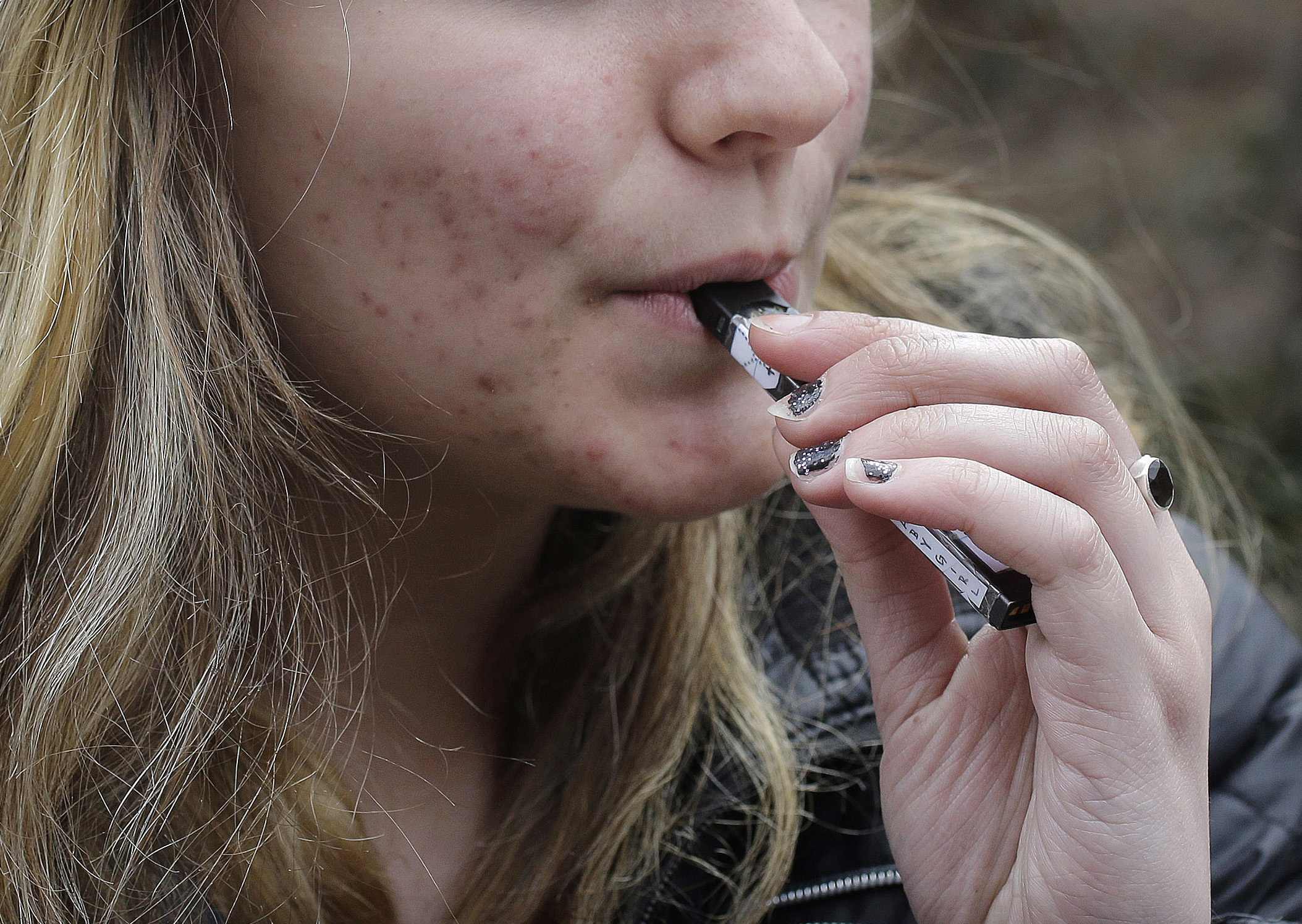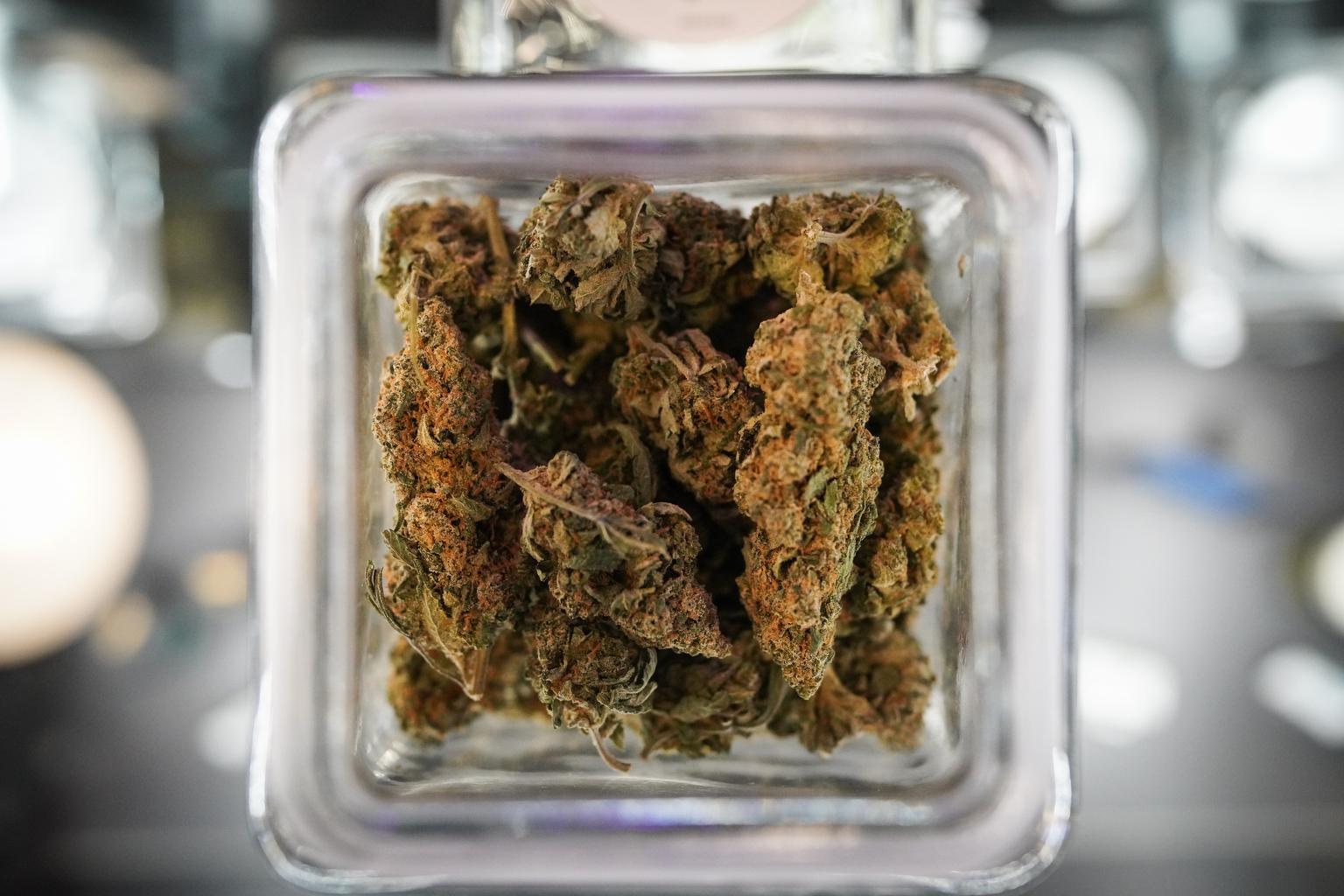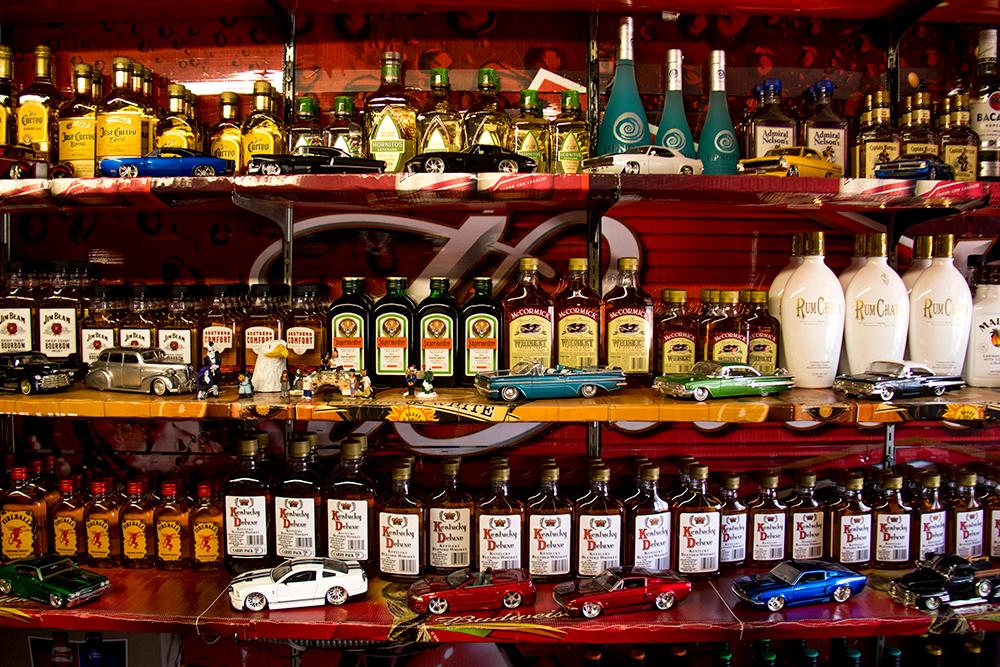
Colorado no longer has the distinction of being the top in the U.S. for youth e-cigarette use. After a concerted, multi-faceted community response, the state’s rates have dropped sharply. The change echoes national trends.
But public health advocates urged vigilance, because consumption trends can change, often in surprising ways, and a number of trouble spots remain.
In 2017, Colorado led the nation in youth vaping, topping 37 states surveyed for the use of electronic cigarettes among high school students, according to numbers from a study by the CDC. It was double the national rate. Twenty-seven percent of Colorado high school students reported current use, using an electronic cigarette in the past 30 days.
By 2021, the figure had dropped to 16 percent. Last year it was down again, to a little less than 9 percent, a third of what it was six years earlier.
Chelsea Andrews, a tobacco communications specialist with the Colorado Department of Public Health and Environment, said the rapid rise of vaping among young people starting around a decade ago got people talking.
“I feel like the backlash and really just the way this topic became so visible to so many people and really got parents and trusted adults interested in this and talking to young people,” she said.
In 2019, before the pandemic, the risks of vaping became headline news. Cases of vaping-associated lung injuries, led to thousands of hospitalizations, spanning every state, and dozens of deaths. It also raised awareness about potential health risks and caught the attention of both teens and schools.
Pandemic and legislation
Colorado was an early site for marketing of e-cigarette products, said Ashley Brooks-Russell, an associate professor at the Colorado School of Public Health who leads the Healthy Kids Colorado Survey. That’s an anonymous and voluntary survey conducted every other year, with more than 100,000 participants. That may have driven Colorado’s numbers up earlier than elsewhere.
She thinks the COVID-19 pandemic may have played a role in Colorado’s decline, dramatically disrupting teen social networks and when and how much they hung out, unsupervised, with friends.
“I think we're seeing a ripple effect of perhaps one silver lining is this reduction in experimentation and initiation of all substances, not just e-cigarettes, alcohol, marijuana, to some extent regular cigarettes,” Brooks-Russell said. “Staying at home, being around the parents and not having party time with friends had some positive outcomes.”
Another potential factor is an increase in taxes.
Colorado voters, in 2020, with a two-thirds majority, passed Prop. EE. It raised the taxes on tobacco and created a new tax on vape products. The funds raised went to early childhood education, allowing Colorado to start a universal preschool program, known as UPK.
Some of the money raised also goes to treatment and tobacco education programs.
Studies have shown increasing taxes on tobacco decreases consumption, said Heather Kennedy, a clinical associate professor with the Colorado School of Public Health.
“Users who might have considered it perhaps were priced out of the market,” she said. “We also I think saw organized effort across the public health ecosystem” to educate young people about the health risks.
That included training adults to talk to young people, educating schools and teachers about it and pushing to ban flavors, which lure young consumers, both in the state and in cities, like Golden which last year became the seventh in Colorado to take that step.
Others see tighter enforcement as having a positive impact.
“I think it's great,” said Grier Bailey, executive director of the Colorado Wyoming Petroleum Marketers Association, of the drop in youth vaping. His group represents 2,200 retailers, including convenience stores. “I think that no one under the age of 21 should be using these products.”
He credited, in part, tighter enforcement on illicit overseas products by the federal government, and of age limits, by regulators and retailers alike.
Some places, like Denver for example, implemented their own reforms; the city set up a tobacco licensing program.
“I think that retailers, especially in Colorado, have, yes, been forced, but also followed through with the laws that the state legislature has passed.”
A dozen states have youth e-cigarette use rates above 20 percent, according to data from the Campaign for Tobacco Free Kids, which tracks the trends using national and state sources. Wyoming’s rate of nearly 30 percent topped its list, with Colorado neighbors New Mexico recording about 25 percent and Oklahoma reporting 22 percent.
Colorado’s data follows the national trend
Brian King, director of the FDA’s Center for Tobacco Products, in an interview with CPR News, said stricter enforcement and education campaigns played a role in the national decrease.
“We've got a monumental win for the public health of our nation's kids,” he said. “We've seen a 25 percent decline in e-cigarette use among middle and high school students over the past year alone, and it's now the lowest level we've seen in a decade.”
The FDA reported “a significant drop” in the number of U.S. middle and high school students who reported current e-cigarette use – defined as the past 30 days — a drop from 2.13 million (7.7 percent) youth in 2023 to 1.63 million (5.9 percent) youth in 2024.
The agency said the decrease was “largely driven by reduced e-cigarette use among high schoolers,” with no statistically significant change in use among middle school students in the past year.
The number of youth who used e-cigarettes in 2024 is about a third of what it was at its peak in 2019 when more than five million youth reported current e-cigarette use, the FDA said in a press release.
Still, the FDA data show young people who do vape often do it a lot, which health experts say can lead to long-term addiction.
More than one in four (26.3 percent) of current youth e-cigarette users in the U.S. use an e-cigarette product daily; more than one in three (38.4 percent) youth e-cigarette users report using e-cigarettes at least 20 of the last 30 days.
Flavors drive youth consumption, according to the federal data. More than eight out of 10 current e-cigarette users used flavored types, with “fruit flavors being the most popular, followed by candy, desserts, or other sweets; mint; and menthol;” over half (54.6 percent) of them said using flavors with names that include “ice” or “iced.”
The most commonly used device among current e-cigarette users was disposables; the most commonly reported brands were: Elf Bar (36.1 percent), Breeze (19.9 percent), Mr. Fog (15.8 percent), Vuse (13.7 percent) and JUUL (12.6 percent).
Juul fuels early youth use and then a backlash
More than a decade ago a sleek, stealthy, game-changing vape pen called Juul came on the market. It and copycats, with flavors like cotton candy, tutti frutti and mango, appealed to teens, with young people sharing their experiences via social media.
After Juul and its competitors took off, and news of Colorado’s high rate spread, a concerted push was made to bend use among youth downward.
Cities and towns started raising the legal age to buy tobacco to 21, and the federal government did the same, with President Donald Trump signing legislation in 2019 to raise the minimum age for tobacco sales.
In 2020, Colorado's attorney general sued Juul over its marketing practices. The state got a nearly $31 million settlement last year, money that is now going to prevention and education.
“We know that teen vaping reflects underlying harms, that young people are struggling. There is a connection crisis, Colorado Attorney General Phil Weiser told CPR in an interview in March. “There are a lack of resources and relationships and young people are turning to substances.”
All sides concede there's still a long way to go.
Data show many who do vape as teens have a hard time shaking it; adult vaping rates are rising in Colorado, driven by a sharp increase among young, college-age adults, those 18 to 24. More Colorado youth who regularly use marijuana are vaping high THC concentrates. And plenty of Colorado teens start early: nearly 10 percent of high school students 15 or younger had used an electronic vapor product before age 13.
The most recent survey found about 30 percent of young people reported they had ever used an e-cigarette product, down from earlier years, but still higher than is ideal, said CDPHE’s Andrews.
“We recognize that there still could be some room to move when we are talking to young people about avoiding these things altogether,” she said.
- White House officials and lieutenant governor visit Aurora to tout Biden Cancer Moonshot effort day after Gov. Jared Polis visited the city to announce nicotine factory
- Programs to combat Colorado’s youth vaping crisis get millions in new funding from Juul settlement
- $20 million from Juul lawsuit will support youth mental health through schools









